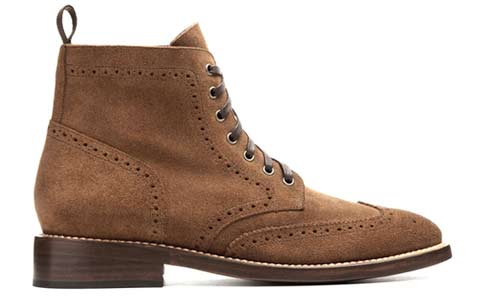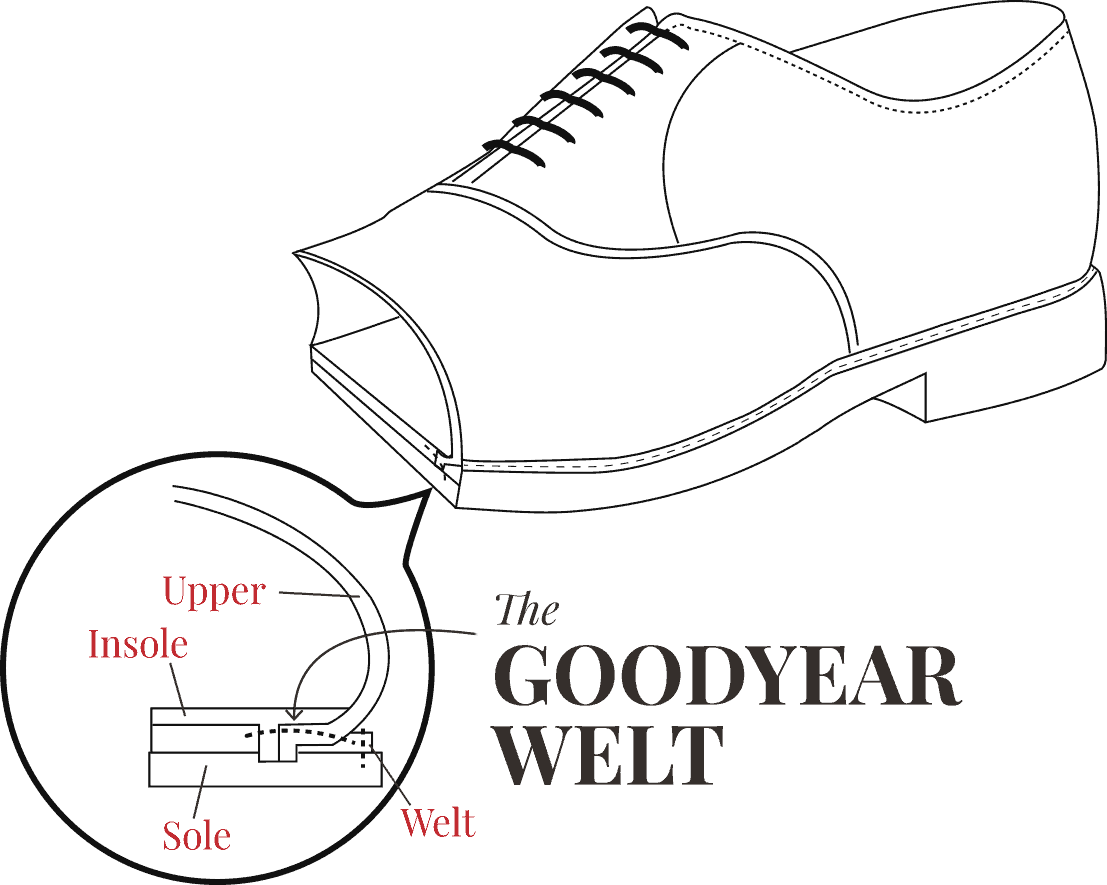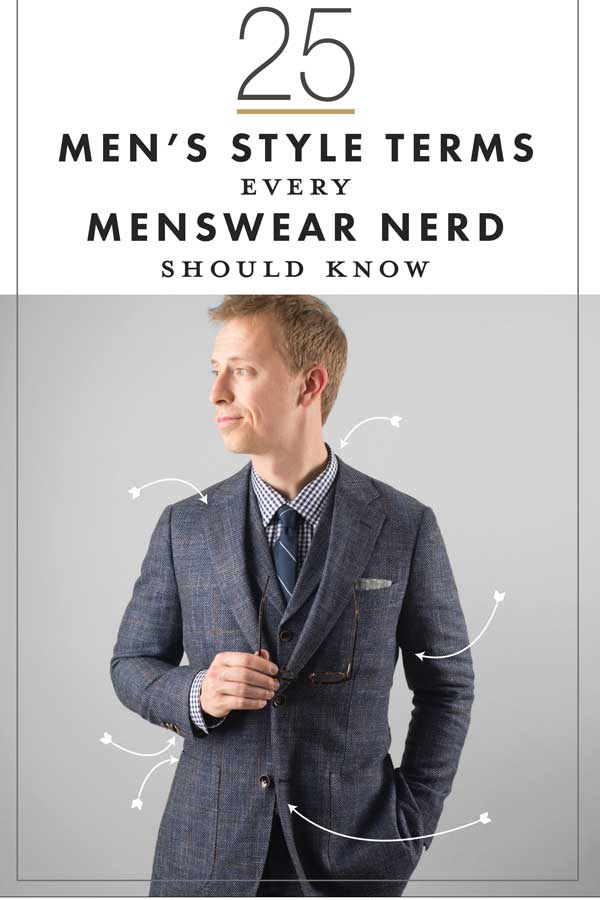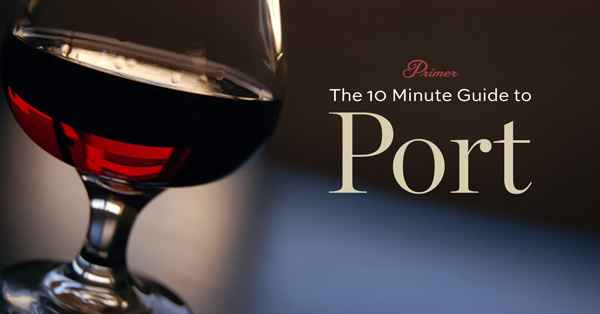25 Men's Style Terms
Every Menswear Nerd
Should Know
You know the saying, “knowledge is power?” It applies to style, too.
You don't have to be a menswear scholar to dress well, but the better you can communicate about clothes, the better clothes you'll end up with. Tailors know how to help you, but they will be able to help you better if you've taken the time to help yourself.
It doesn't take a lot to take your menswear knowledge to the next level. A few choice words can give you the vocabulary you need to walk into a tailor or boutique with confidence. Even when you are shopping off the rack or at a big box retailer, knowing how to describe what you're looking for will help you better shape your personal style.
Take Your Fashion Knowledge To The Next Level
We've put together 25 key words and phrases to help you level up your menswear knowledge. Whether you're looking for that perfect suit or just picking up a few button up shirts to throw into your work rotation, a little language can go a long way.
1. Collar Gap
An undesired space between the shirt collar and the suit collar, especially in the back, is often referred to as collar gap. Your suit collar should hug your shirt collar. A collar gap is often a sign of other fitting issues, so make sure you close that gap.
Tailors can fix the issue depending on the cause, but unless your jacket was very expensive, it's unlikely to be worth the cost. Take note of this when trying on suits in the fitting room.

2. Gorge Height
The point on a jacket where the collar is attached to the lapel. The gorge is also often called a “notch.” A higher gorge is thought to look more rakish, and is often associated with Italian suits. Since gorges have been creeping higher in recent years, some experts predict a reversal in trend.
If you haven't bought a suit before, feel free to go for a higher notch, but not too high.

3. Break
How much of the bottom of a pair of trousers fold where they meet your shoes. A full break is a lot of folding; no break is not folding at all. Breaks are a matter of personal taste, but medium breaks are most common. While less of a break can yield a slimming look, if you're still getting a sense of your personal style, a medium break is a safe choice.
4. Brogue/Broguing
Ornamentation added to a leather shoe through patterns of small holes that are punched through the leather. People tend to use the term “wingtips” when referring to broguing, but while most wingtips are brogues, not all brogues are wingtips.
Broguing is common in a variety of shoes, including Oxfords, Derbys, and wingtips. Chukka boots and sneakers can even technically be brogues. However, shoes most often called “brogues” have a low heel and tend to have wing and heel caps.
Brogues originated among Scottish and Irish farmers. The perforations were meant to drain bog water from shoes while they worked. Today, of course, the brogue is wholly ornamental.
Brogues can be found all over the price spectrum. Here are some of our favorites under $300:
5. Dinner Jacket
These days, you'll hear the word “tuxedo” used by pretty much every major retailer, but the term “dinner jacket” is interchangeable, and is historically considered the more “proper” term. A dinner jacket has satin facings on the lapels mirrored on the outer seams of the dinner suit trousers a.k.a. tuxedo pants. Read more about Rocking a Rented Tux.
6. Nested Suit
A suit in which jacket and trousers are sold together. The nested suit also sometimes includes a vest. This is as opposed to “suit separates,” meaning that the jacket and trousers are sold separately.
7. Yoke
The shaped section along the shoulders of a dress shirt that connects all the other parts of the shirt. One-piece yokes are common on off-the-rack dress shirts. Split yokes place a seam in the vertical center of the shoulder. Often, the two pieces of the split yoke are rotated at an angle, creating a chevron pattern when a striped or checked fabric is used.
This can be beneficial for two reasons. First, custom shirtmakers can potentially adjust each side to accommodate asymmetrical shoulders, but more importantly traditional non-stretch fabrics offer more give when pulled at an angle than when pulled vertically or horizontally, allowing greater comfort with movement. More practically, it's a style preference as the resulting pattern can complement a man's v-shape, and is a more formal look.
Though most dress shirts you own probably aren't split yoke (and that's okay!), you can add some split yoke shirts to your wardrobe at a reasonable price.
Here are some of our favorite split yoke shirts for under $100.

8. Vent
The slit you see on the backside of blazers, sport coats, suit jackets, and any other type of jacket. The purpose of a vent is to allow the suit jacket to fall over the back of a seat or stool, and help you avoid sitting on your jacket.
The vent originated as a way to help men comfortably ride horses. However, they did not become standard in formalwear until after World War 2, when horsemanship was on the decline.
Some handsome jackets:
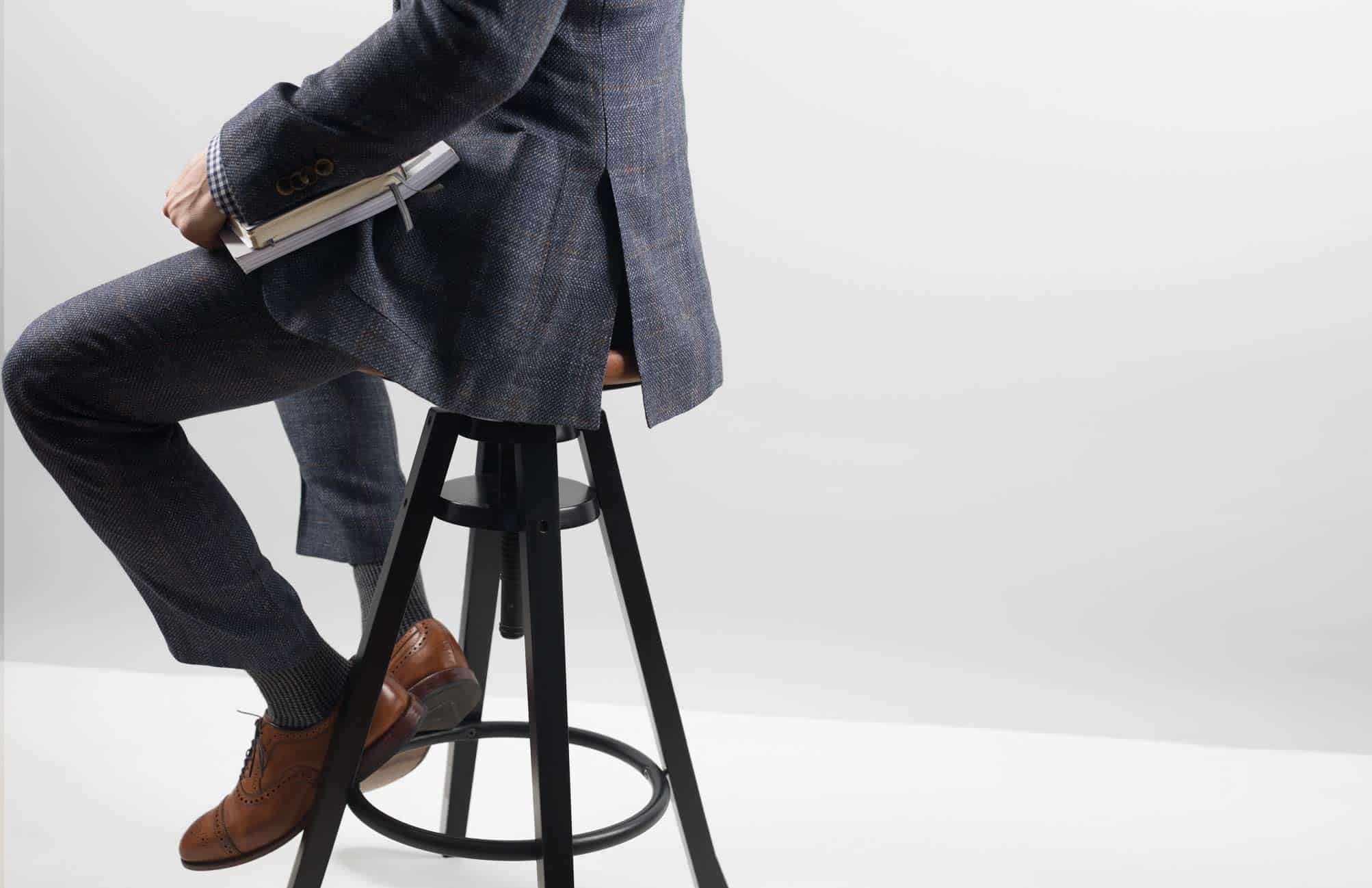
9. French Cuffs
Twice as long as regular or “button” cuffs, french cuffs (or “double cuffs”) fold back and fasten with cufflinks or fabric knots. French cuffs lend an air of formality to an outfit, and are usually worn with suits or tuxedos.
The French Cuff actually originated in Britain. It didn't gain its current name until it became a trend in America in the 1930s. The cuffs were viewed as luxurious and sophisticated, and became identified with French fashion.
French cuffs can be worn with a blazer or jeans, but make sure that you have considered ways to make the look less formal. For example, fabric knots instead of cufflinks might do the trick.
Check out these french cuffed shirts under $200:
Banana Republic, $47 / Proper Cloth, $95 / Gitman, $155
Here are some affordable cufflinks and fabric knots to go with them:
Starry Stripe Cufflinks, $39 / Silver Knot Cufflinks, $18 / Silk Navy Knots, $10
10. Oxford
Confusingly, “Oxford” can refer to shirts or shoes. While the term can be used with regard to a non-boot dress shoe with closed eyelets, a button-down shirt made of fabric woven in an Oxford pattern is also called an “Oxford.”
“Oxford” doesn't refer to the fabric of the shirt, but the weave. The result is a shirt that is heavier than many dress shirts (such as poplin), but not as heavy as something like twill. Oxford shirts also have a reputation for durability.
These shirts are sometimes abbreviated OCBD (Oxford Cloth Button Down) because Oxford shirts generally have button down collars as well.
Contrary to legend, Oxford shirts did not originate at Oxford University. In 19th century Scotland, fabric mills produced a series of fabrics named after elite universities. While Yale, Harvard, and Cambridge patterns have been forgotten, Oxford remains iconic.
Here are some great Oxford shirts for under $50:

11. Nap
The raised surface found projecting from a fabric. Napping can be produced intentionally (by brushing) or naturally (during weaving). The most common “napped” fabrics we wear include flannel and wool. In addition to a relaxed, rustic look, napping also provides additional warmth.
12. Rise
Distance from the crotch to the top of the waistband in jeans and trousers. Today, we most commonly refer to “low rise” pants. High-waisted pants have made a comeback in recent years thanks to renewed appreciation for the traditional men's waist line, which is roughly even with the naval.
The rise can be used to your advantage. For example, if you have longer legs or torso, you could opt for a higher rise. Check out our guide if you want to learn more about pants rise.
13. Armscye
The lower side of the armhole. Originally a Scottish term, “armscye” literally means “arm's eye.” If snug, this is known as a high armscye. If looser, this is a low armscye. It is essentially impossible to adjust the armscye in off the rack suits. You might be tempted towards a higher armscye for a slimming, firm look, but tailors are quick to recommend taking into consideration comfort and ease of movement also.
A quick informal test for your armscye: lift your arms as if you were holding a painting against a wall. If the armscye fits properly, the rest of the jacket won't shift with your arms.
14. Balance
The length and proportions of the front and the back of your suit coat when looked at from the side. With off the rack suits, the back will likely be shorter than the front. You can try your best to minimize the disparity, but a completely level balance is almost impossible without bespoke tailoring.

15. Basted Fitting
The basted fitting is the hallmark of a bespoke menswear experience. During this fitting, the suit is temporarily stitched together with white basting thread. This is the first time you try on your custom suit.
A basted fitting allows the tailor to fine tune the suit, ensuring that the it drapes perfectly. This is also an opportunity to consider your personal style, down to the width of your lapel.
16. Sprezzatura
The rakish panache, suave dishevelment, and effortless sophistication of Italian men's fashion is called “sprezzatura.” In practice, sprezzatura is the intentional effort of appearing effortless. The word dates back to the 1500s when Venetian Baldassare Castiglione published its “book of the courtier,” and remains a hallmark of Italian fashion today.
A simple way to understand sprezzatura is the “consciously broken rule,” such as wearing loafers without socks with your suit or wearing a tie but with an unbuttoned collar.
17. Toe Spring
The lift at the front of the dress shoe. Experts say the right amount of toe spring would allow you to stick a pencil under the toe of your shoe.
18. Gauntlet Button
A button placed halfway down the placket of the sleeve. This button maintains the sleeve's tailored appearance, but allows the shirt to be rolled above the elbow when unbuttoned.
19. Warp
Warp is the vertical threading of a garment. In contrast, “weft” is the horizontal threading.
20. Drop
The difference, in inches, between your jacket size and your waist size.

21. Canvassed / Half Canvassed
Traditionally, a suit is “canvassed” if the jacket is constructed with a layer of horsehair canvas underneath the wool fabric shell. This allows for a natural, form-fitting drape. Though horsehair is still used, today a canvassed suit is likely blended in with wool, cotton, or camel hair.
Due to increased demand for suits in modern times, most manufacturers no longer use canvas. Instead, they use a fusible lining woven from fabric. These suits are “fused suits.”
Half-canvassed jackets have canvas lining, but only running through the chest and lapels.
Canvassing adds weight to a suit, so think twice before ordering a full-canvassed suit in warmer climates or for summer months. Many high-end designers sell fused suits, but you can still find some relatively affordable canvassed and half-canvassed suits.
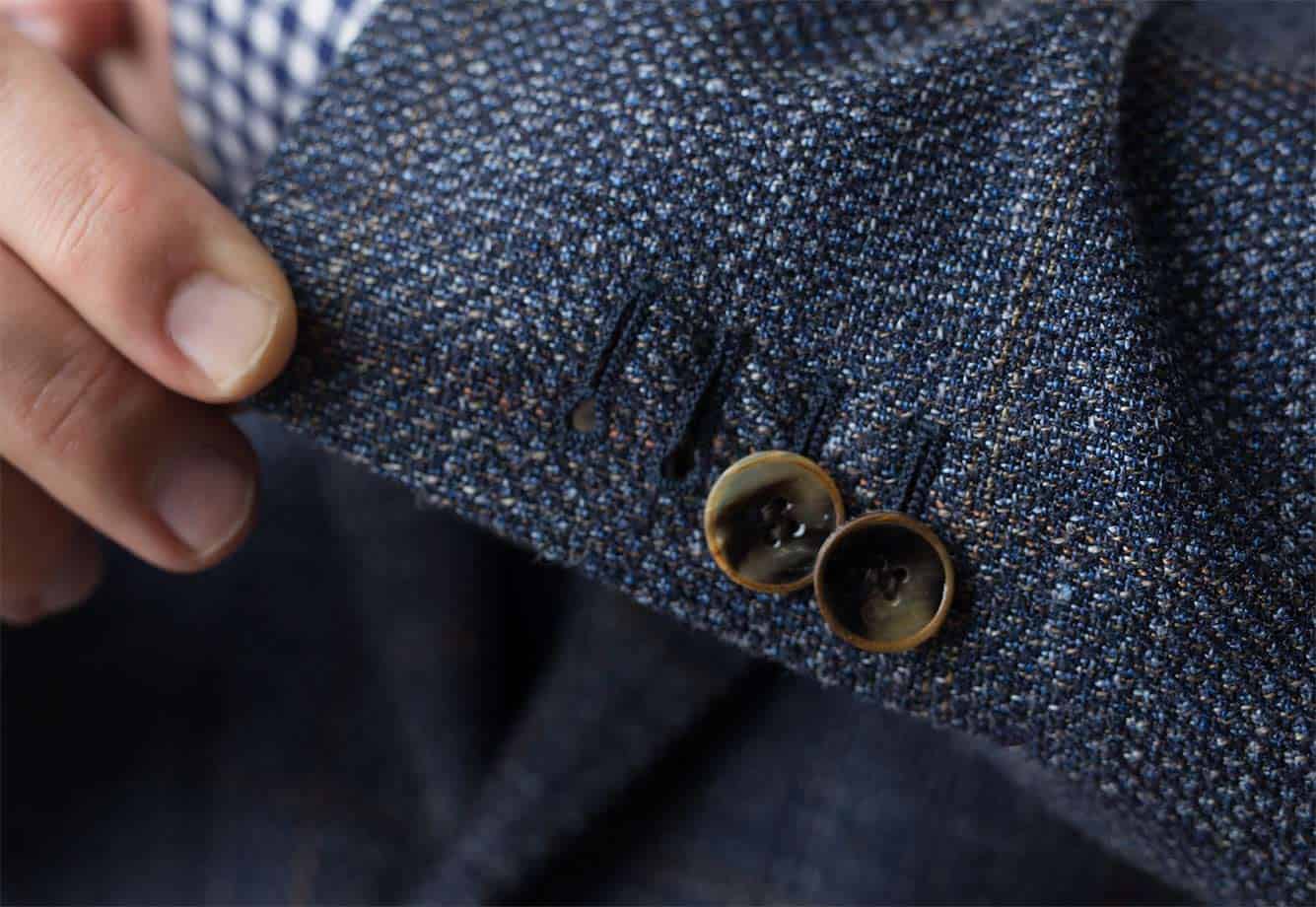
22. Surgeon's Cuffs
Surgeon's cuffs refer to functional buttons on a suit jacket sleeve. These buttons are often decorative on suit jackets today. Surgeon cuffs are a symbol of quality.
When wearing jackets with surgeon cuffs, men will often leave the final button unbuttoned as a nod to sartorial tradition. Bespoke tailors sometimes build a contrasting thread into the final buttonhole to emphasize the surgeon's cuffs.
If you're thinking about surgeon cuffs, bear in mind that it might carry a prohibitive extra cost, due to sleeve tailoring needing to be done at the shoulder instead of at the bottom of the sleeve if more than a half inch needs taken in.
The cuffs are named for Civil War era surgeons, who wanted to work all day without bloodying the arms of their coat.
23. Jetted Pocket
Also called a “besom pocket”, the jetted pocket is a flapless pocket set into the jacket or trouser. A flap pocket has a bit more material that can be tucked in to mimic a jetted pocket.

24. Welt
A welt refers to the thickness of the seam on your pocket. Because jetted pockets have welts, a jetted pocket might be referred to as a “welted” pocket. A pocket may have a “single welt” or a “double welt”.
On well-made shoes, the welt is a strip of leather which runs along the perimeter of the outsole. It's primary function is for attaching the upper to the outsole. There are different methods, check out Primer's guide to understanding shoe construction.
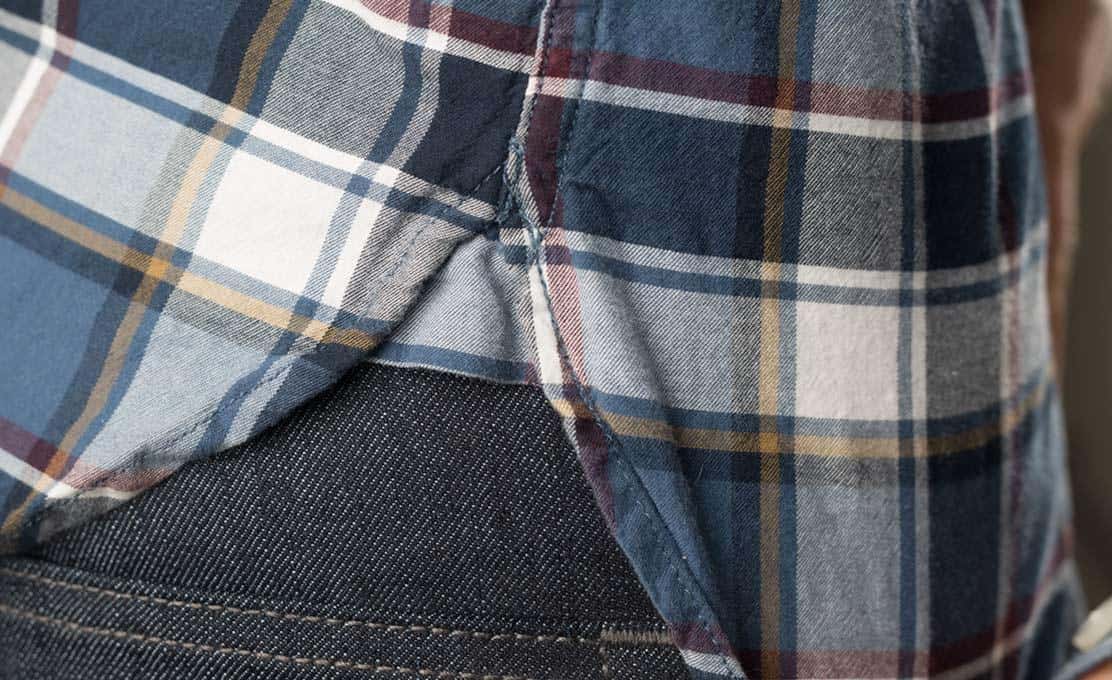
25. Gusset
A triangular or rhomboidal piece of fabric inserted at a seam to add strength and durability to a garment and reduce wear and tear. In men's formal wear, you'll often see a gusset in the underarm of a dress shirt. On casual shirts, this is the triangular piece present on the bottom side of the hem.
If you liked this article, please share it!
You'll also probably like these:
- The 12 Best Stores for Affordable Men's Fashion
- A Visual Guide to Common Suit Features
- The Best Watch Brands by Price: A Horological Hierarchy
- What is Smart Casual? Primer's Complete Guide
- How Everyday Clothing Was Influenced by Military Style A Visual Timeline
Instagram: @PrimerMagazine
YouTube: /PrimerMagazine
Facebook: /PrimerMagazine
Twitter: @PrimerMag





